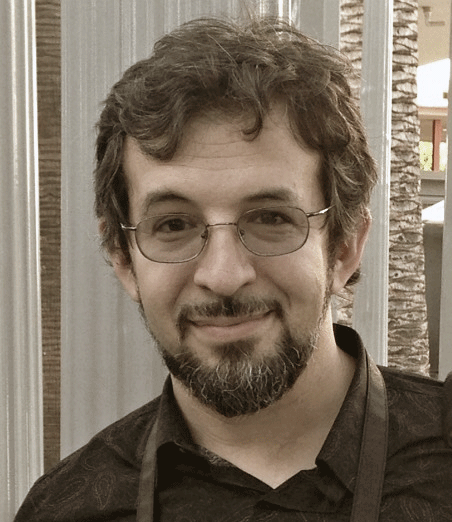Sergei Gepshtein¶

Biosketch¶
SERGEI GEPSHTEIN is a vision scientist at the Salk Institute for Biological Studies where he studies visual perception and behavior using tools of sensory psychophysics and computational neuroscience. His research concentrates on the interface between the entry visual process called early vision (which “ingests” optical information) and the constructive process called perceptual organization (which is an instance of world building by our nervous systems). Sergei is interested in how a detailed understanding of this interface can help us to improve design of built environments and create new kinds of visual media, taking advantage of the plasticity of visual systems and their ability to rapidly switch between alternative percepts triggered by subtle sensory cues.
Visible and invisible¶
Sergei spoke of how visual information can fail to reach your mind. He asked how we may take advantage of these failures of perception for design of immersive environments, in two ways. The first family of methods depends on the “early” visual process that discovers information in the light and supplies material for the rest of perception. The key notion here is the window of visibility that separates what you can potentially see from the utterly inaccessible information. The second family of methods depends on a later (“mid-level”) visual process called perceptual organization. Here the key notion is spatiotemporal gestalts: the perceptual objects constructed by your brain from the fragments of information scattered across space and time. Sergei combines these two approaches to design displays where the same pixels are used to deliver different messages to viewers at different distances, and where transitions between percepts occur without the “cuts” separating images and shots.